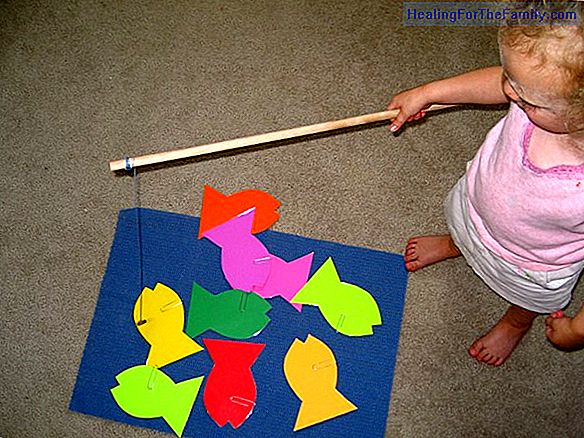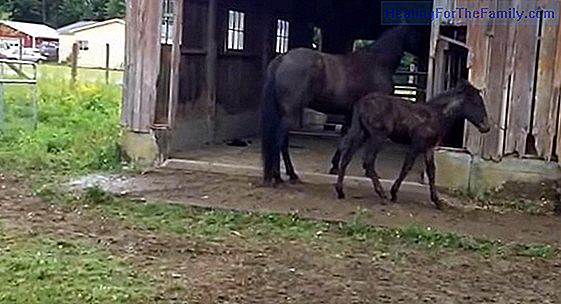Phimosis and circumcision of babies and children
Phimosis is the narrowing of the foreskin covering the penis or glans, which prevents its retraction and the total exposure of the tip of the penis due to the presence of adhesions . 80 percent of newborns have the glans protected by the foreskin and it is considered normal that during the first few
Phimosis is the narrowing of the foreskin covering the penis or glans, which prevents its retraction and the total exposure of the tip of the penis due to the presence of adhesions . 80 percent of newborns have the glans protected by the foreskin and it is considered normal that during the first few years it can not be retracted by itself. Phimosis occurs when it is impossible to lower the skin of the foreskin of the penis, which can give way to the accumulation of urine and subsequently to an inflammation or infection. Phimosis in children
When babies are born, the skin of the foreskin and the glans are attached. This adherence, with the passage of months and years, is disappearing and the skin can be retracted little by little, by itself. As of 2 years, it should be easier to retract the foreskin, but there are children who have an inflexible foreskin until they are 4 years old. After 4 years, not being able to withdraw it, it is NOT normal anymore.

This problem can be hereditary or appear as a consequence of an alteration of the skin of the child's penis. In some children, the adhesions are accompanied by a narrowing of the skin of the foreskin, which produces intense pain when trying to retract it. Sometimes, children may have a 'swelling' of the foreskin before the urine comes out.
When the case is mild, only
pain will be present when trying to remove the foreskin to clean the glans . In the future, it can cause disorders in sexual relations due to the excessive sensitivity of the glans. The difficulty in cleaning the penis causes the accumulation between the skin and the glans of a physiological secretion that is called smegma and that can give rise to thebalanitis : painful local infections and often with the presence of pus.Operation of phimosis or circumcision in children
The great majority of phimosis resolve spontaneously, at approximately 2 or 3 years, although it takes some time to wait. Only in the presence of symptoms such as infections of urine, glans, or changes in the jet of the foot will this treatment be treated medically with corticosteroid cream or surgical intervention.
When talking about a phimosis operation, in which the child's parts are manipulated, many parents get involved. However, it is a simple intervention that, once completed, the child can leave the same day.
Phimosis can be corrected surgically. Circumcision consists of cutting and removing part of the skin of the penis (of the foreskin), so that it ends when the glans start, and so it remains exposed. The sutures of the skin are made with absorbable thread and take about 15 days to disappear on their own. This intervention has been practiced routinely by Semitic peoples for centuries.Parents should bear in mind that the surgical removal of the foreskin, together with the proper hygiene of the glans, inhibits the bacterial proliferation of the area, thus decreasing the appearance of dangerous pediatric infections. Circumcision of the newborn can be considered, even in children who do not present abnormal narrowing or excessively long prepuce.
Care after the operation of phimosis
After the intervention of the circumcision, the parents must follow some guidelines to avoid problems in the recovery of the child, during the following 15 days:
1. The child will not be able to do physical exercises such as jumping, run ... you must maintain rest.
2. Apply cold compresses (indirectly) on the premises, to avoid inflammation and pain.
3. Change the dressing every 24 hours, using the antibiotic cream that the doctor will supply. It is possible that he also indicates some anti-inflammatory and some other pain medication.
4. In case of bleeding, apply a sterile gauze in the area, pressing the room for a few minutes. It is normal to stop bleeding, after the first 24 hours. If not stop, talk to the doctor.
5. The child's bath or shower must be supervised. The wound should be washed with great care.
Anyway, the doctor will give you a care guideline. Only in cases in which the child feels a lot of pain, or that the wound swells and becomes red, or of constant bleeding, should the doctor be contacted.












